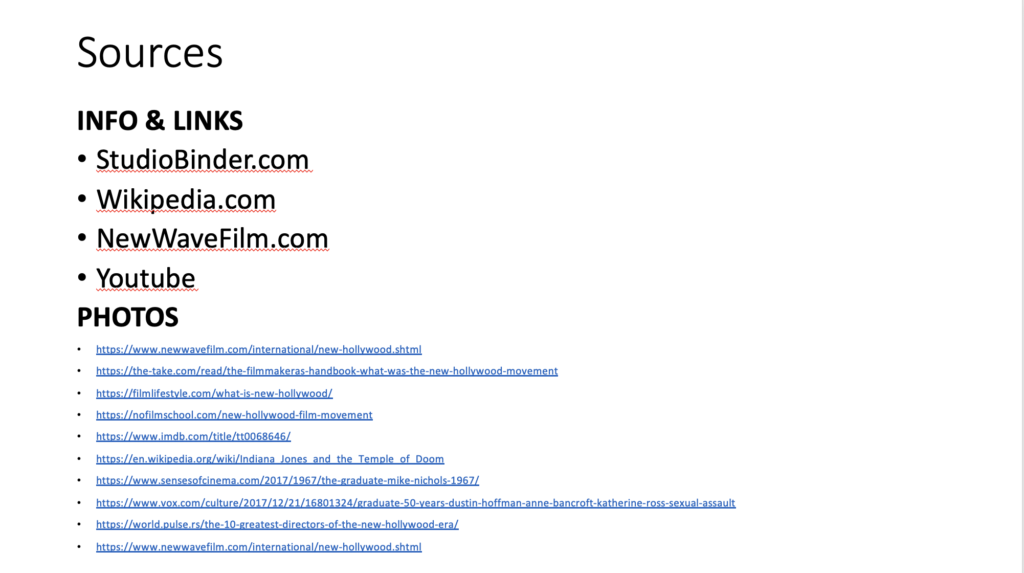| STUDENT NAME | SESSION 1 | SESSION 2 | SESSION 3 |
| Iona | 17th April (A) | 1st May (A) | 5th May (B) |
| Mia | 24th April (A) | 27th April (A) | 2nd May (A) |
| Maria | 24TH April (B) | 27th April (B) | 2nd May (B) |
| George | 18th April (A) | 25th April (A) | 28th April (A) |
| Charlie | 19TH April (A) | 21st April (A) | 3RD April (A) |
| Tate | 19TH April (A) | 26th April (B) | 3RD April (B) |
| Poppy | 20th April (A) | 26th April (A) | 4th May (A) |
| Noah | 20th April (B) | 21 April (B) | 1st May (B) |
| Aaron | 17th April (B) | 18th April (B) | 28th April (B) |
| Ollie | 25th April (B) | 4th May (B) | 5th May (A) |
Daily Archives: March 30, 2023
Filters
‘Dogme 95’ Film Movement
In the 1990’s, many filmmakers began to resent the industrialised direction much of the film industry was headed. Big-budget blockbusters designed to attract sales over artistry polluted the landscape, provoking Danish directors Lars Von Trier and Thomas Vinterberg to commence the Dogme 95 movement.
The movement attempted to reinstate realism into the film industry, with a strict manifesto being formulated which directors had to follow if they wished to release a film under the Dogme title. It attempted to rid filmmaking of the confinement mainstream films placed onto the art by outlawing things like excessive special effects and props which weren’t available to the director in the real world.
The ‘Vow of Chastity’ (The rules of the Dogme movement):
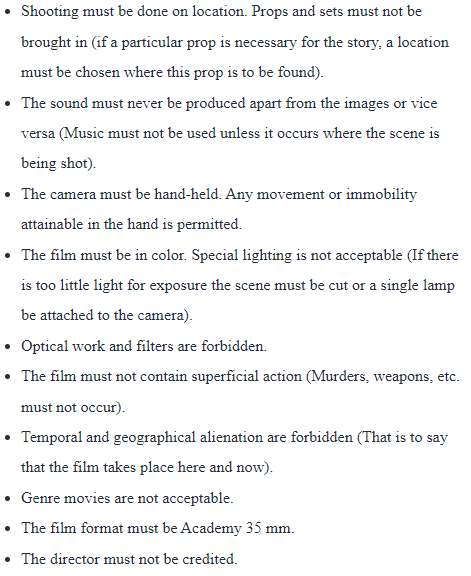
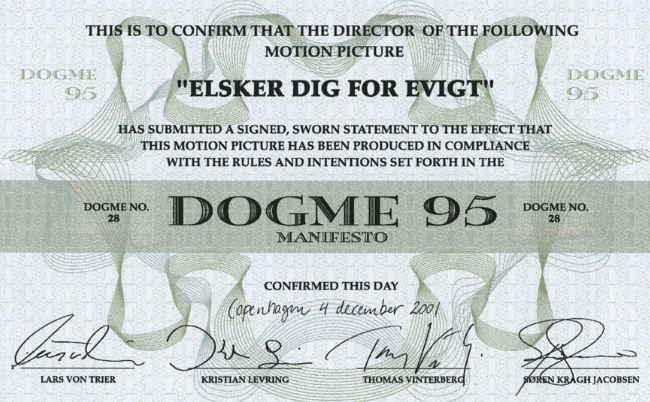
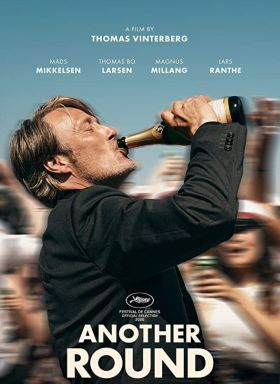

South Korean New Wave
Korean New Wave refers to South Korean films from the 1980’s and 1990’s that focus on social issues and re-imagine genre film.

Park Kwang-su is the central voice, if not the progenitor, of the remarkable Korean New Wave of the late 1980’s and 1990’s.

South Korean cinema saw domestic box-office success exceeding that of Hollywood films in the late 1990’s largely due to screen quota laws that limited the public showing foreign films.
Some of the most famous directors of this generation include Park Kwang-su, Jang Sun-woo, Chung Ji-young and Lee Myung-se.

Films from the South Korean New Wave
- SYMPATHY FOR MR. VENGEANCE
- THE CHASER
- SAVE THE GREEN PLANET!
- MEMORIES OF MURDER
New Hollywood Cinema


Bonnie and Clyde – https://www.youtube.com/watch?v=hZpm1zj9510&t=51s
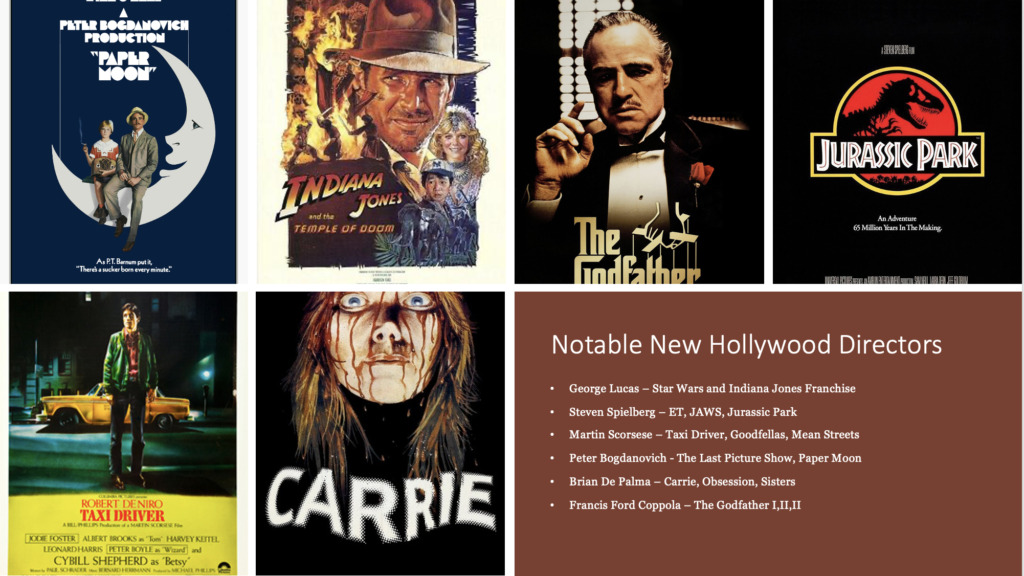
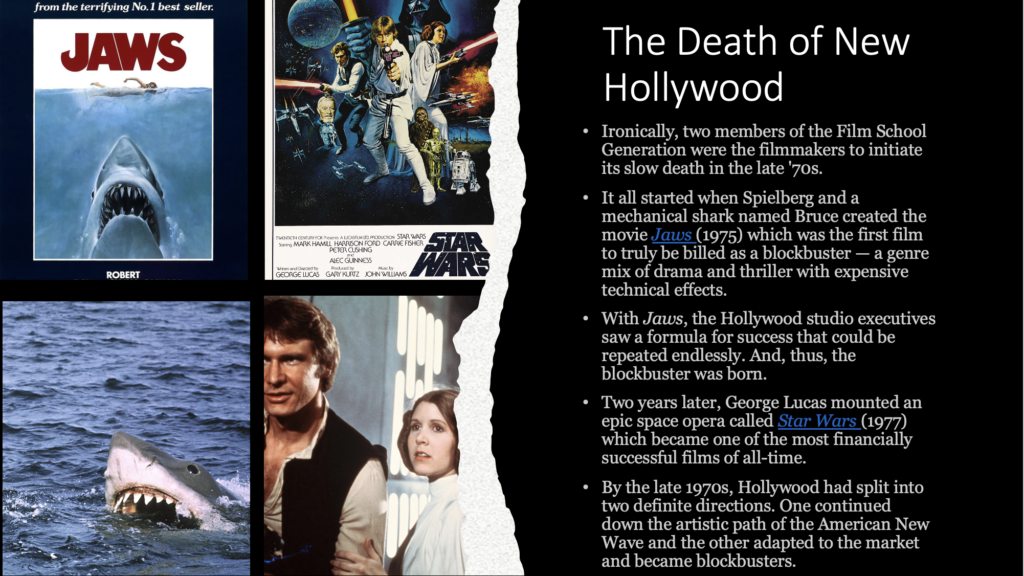
Jaws – https://www.youtube.com/watch?v=U1fu_sA7XhE
Star Wars – https://www.youtube.com/watch?v=1g3_CFmnU7k
